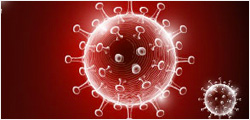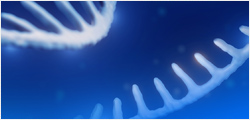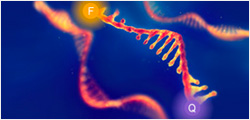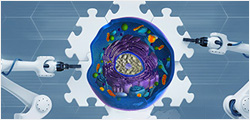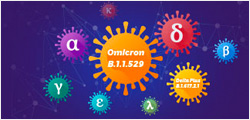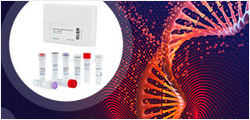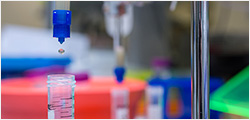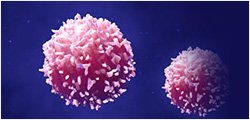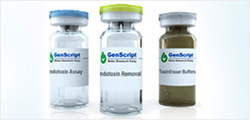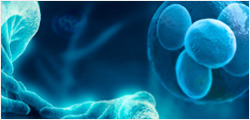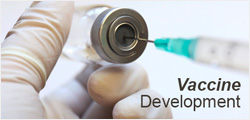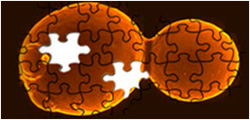NAP-2/CXCL7, Human
Neutrophil Activating Peptide 2 (NAP-2) is proteolytically processed carboxyl-terminal fragments of platelet basic protein (PBP) which is found in the alpha-granules of human platelets. NAP-2 is a member of the CXC chemokines. Similar to other ELR domain containing CXC chemokines such as IL-8 and the GRO proteins, NAP-2 has been shown to bind CXCR-2 and to chemoattract and activate neutrophils. Although CTAP-III, β-TG and PBP represent amino-terminal extended variants of NAP-2 and possess the same CXC chemokine domains, these proteins do not exhibit NAP-2 activity. Recently, it has been shown that the additional amino-terminal residues of CTAP-III masks the critical ELR receptor binding domain that is exposed on NAP-2 and may account for lack of NAP-2 activity.
| Z02821 | |
|
|
|
| ¥35,443.00 | |
|
|
|
|
|
|
| Ask us a question | |
